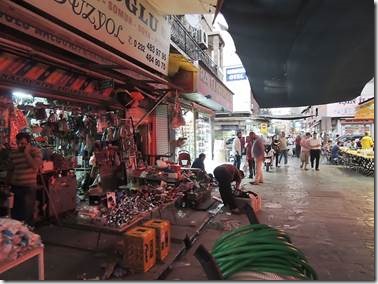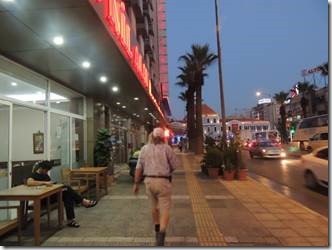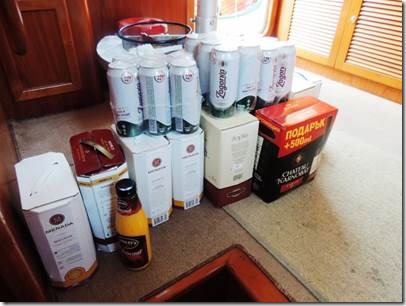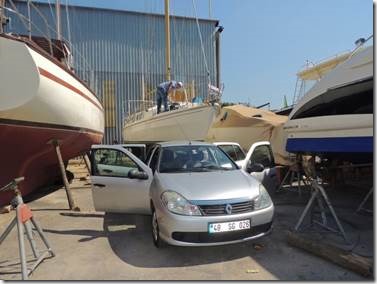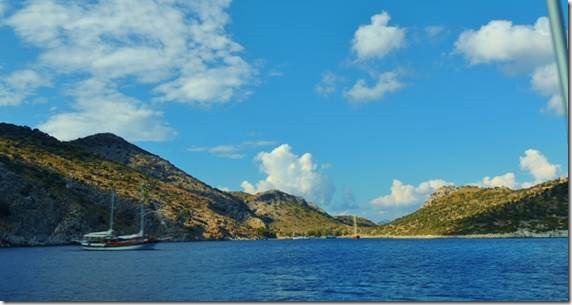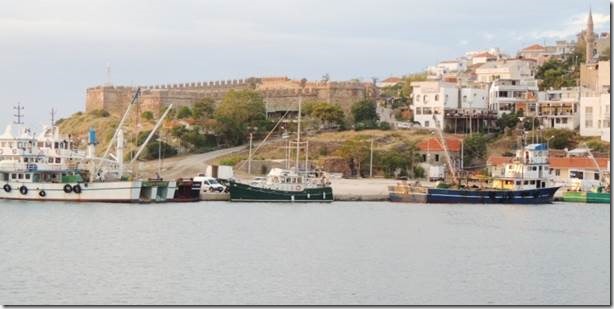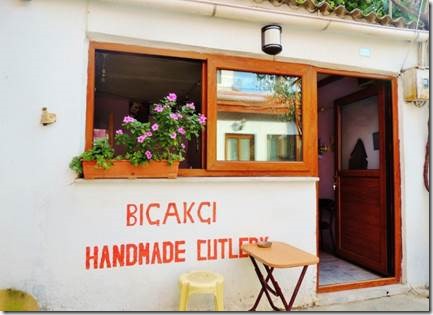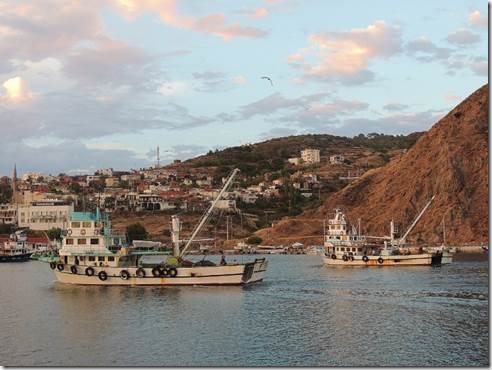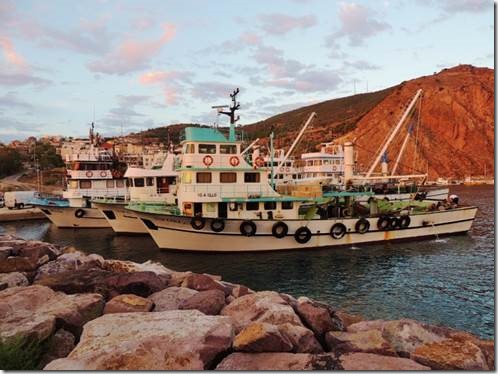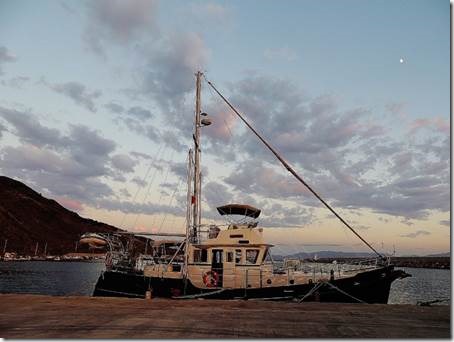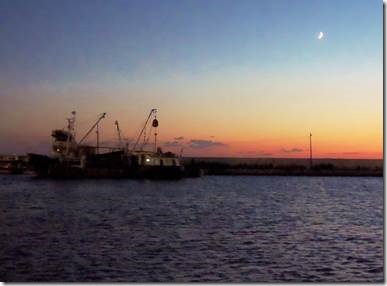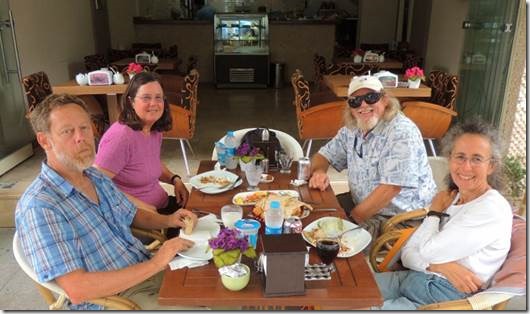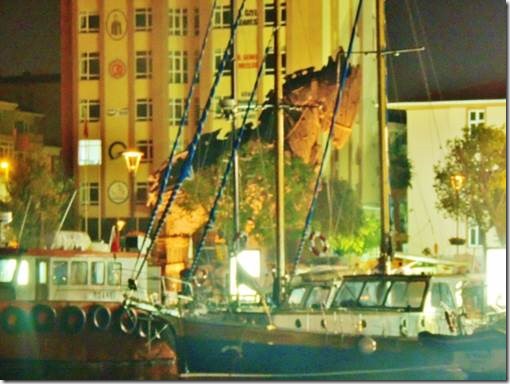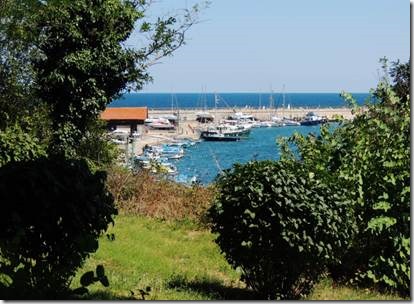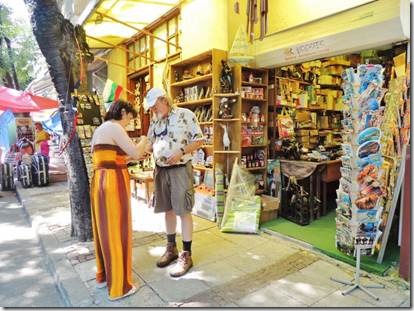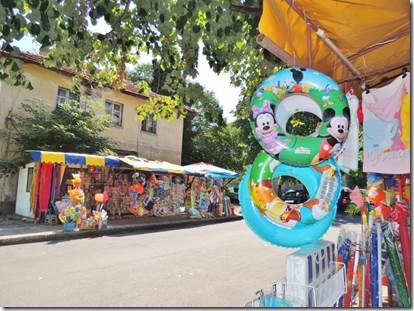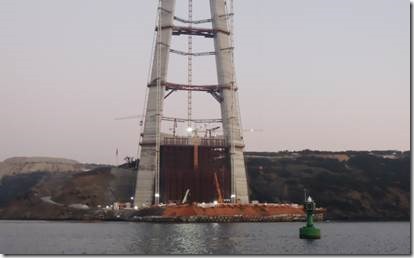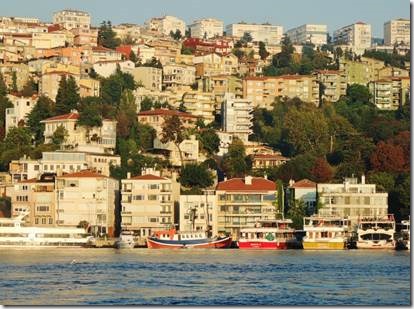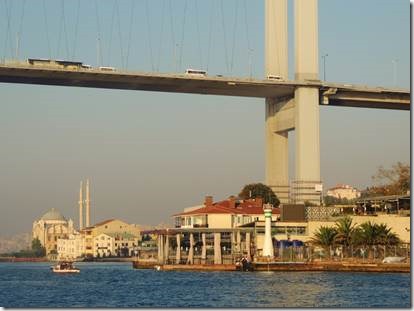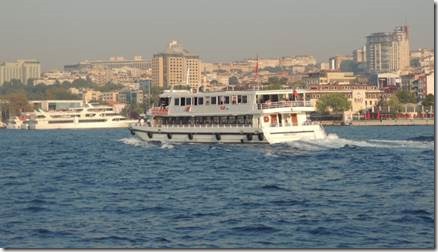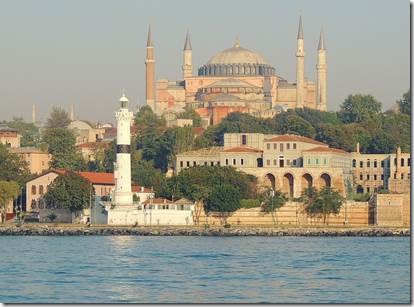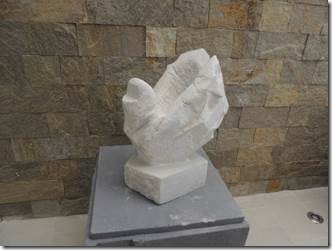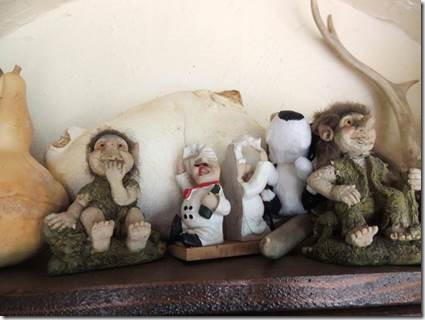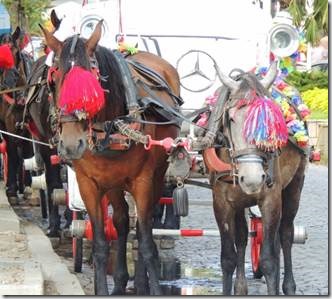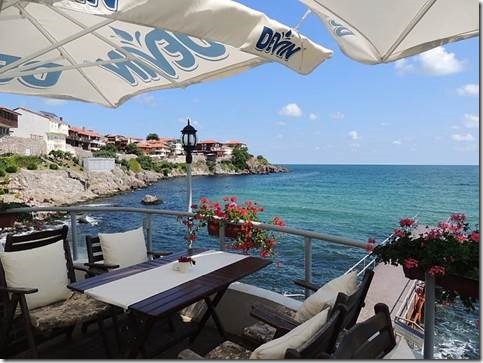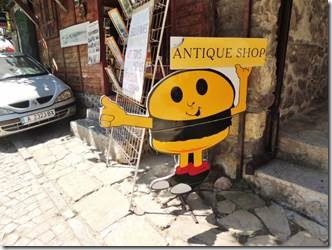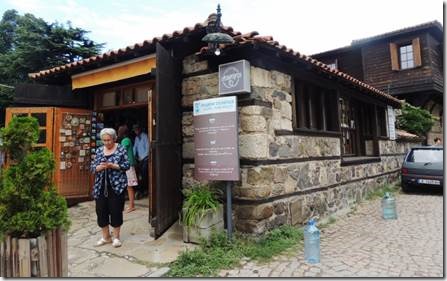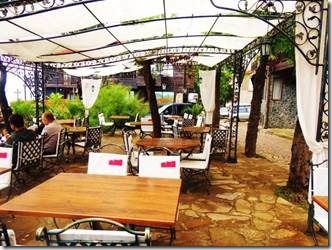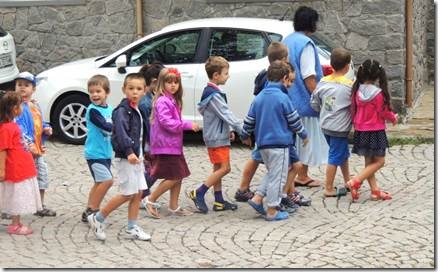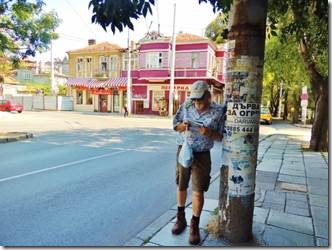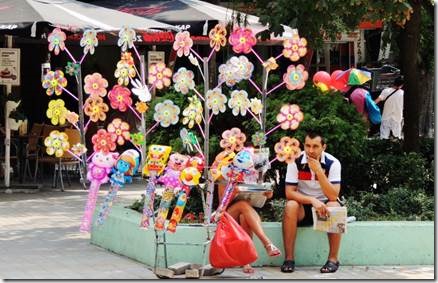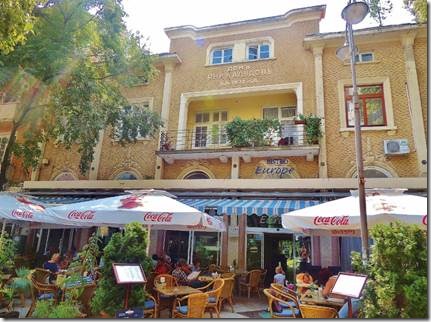Roanoke, VA USA
Hi y’all,
I was feeling rather bad that I’d not written for ages when my sister forwarded me an email from friends asking if I’d stopped writing or had their address been lost or what. It has been a while since my last email. Writer’s block isn’t the reason or disastrous happenings either in Turkey or here in Roanoke. Adjusting to life, on land, in the US is just taking a bit longer than usual. Randal and I are feeling culture lag or clash or whatever. We’re not used to living in the “first world” with its hustle and bustle and cars and media and choices. And staying put. Our river trip from England to Turkey was constant moving along. There was never the question of “what shall we do?” We had to get up each morning and move along to a new town or country, find food, see the sights…. No time to get bored or restless.
For the next 3 months in the US, it’s all up to us. Of course we want to spend time with family and friends. And there’s the round of annual doctor and dental appointments. Randal is working with engineers and architects to plan a road into our wooded land to then level a lot for our future home. But all of that takes time and paperwork being drawn up and then approved by the local government so there’s lots of waiting time. Because we’re only here for a short time volunteering isn’t an option and that’s what retired people do. Or take classes, but again we’re not here long enough. At least not this visit. When we move back permanently it will be different. I did sign up to help prepare for the County Library’s annual book sale. And at some point Randal wants to make a trip to see Frank Lloyd Wright’s Falling Water in Pennsylvania. But he needs cataract surgery and we won’t know until October 6th when it will be scheduled.
I also find myself resenting the need for a car. In London we walked or took the underground and that was great. In Marmaris we can walk everywhere we need to go. In some ways it’s a bit like waking up and the world has changed and you have to readjust to it. This past week I’ve been shaking myself awake.
Ru
DoraMac
Before we left Marmaris DoraMac went “on the hard” where work will be done to her hull and some interior work.
|
Living up in the clouds! It really is safe though it seems odd. We climb down the swim platform ladder and step onto a huge chunk of a tree trunk and then onto a small piece of log. It’s really not so hard as it sounds and to me is much easier than a regular ladder. |
|
Cash register on the small dolmuṣ that travel between Netsel Marina and Yat Marina as well as around Marmaris and to Iҫmeler one town over. Several of us went out to lunch at the newly developing small marina mid-way between the two big marinas. Gwen loves the place and will kill me for forgetting its name. We all went to celebrate Randal’s birthday a few days early. |
|
It was a lovely setting and a lovely lunch! |
|
Collin has established the morning coffee meet up. I’ve gone a few times though it’s usually a guy thing where the women tend to do the Wednesday morning art/knit thing. Buttons loves his caffeine which is why at 16 is still ready to go. |
|
It seems we’d just arrived in Marmaris when it was time to leave for the US. We took the bus from Marmaris to Izmir (4 ½ hours) where we stayed overnight in the same wacky hotel we always stay at and we ate dinner in the same wonderful fish restaurant we always eat in when we’re in Izmir which is most of the time we fly back and forth to Turkey. They actually remember us at the restaurant and the hotel which is really quite nice. The hotel is clean and in a really good location for seeing the sights. The toilet seat is a bit wobbly as is the shower head. The top sheet is more narrow than the bed rather than hanging over the side. But when you email and say, “I’ve left my Turkish phone in the room”, they email back and say, “we have it for you on your return.” We’d been using the phone as an alarm to get us up at 4 am and it was left by the bed. I’d tried to get across the idea of ‘wake-up call’ to the man at the front desk but he kept saying they would have a taxi for us ….. They did actually call us at 4:20 and did have a taxi for us at 5 am. Not as wacky as the Grand Budapest Hotel which I watched on the plane from Munich to DC, but close. |
|
Emniyet Et ve Balık Restaurant 1367 Sokak No. 14 Çanyaya/Izmir My absolutely all-time fish favorite, grilled sardines. They are sweet and boneless and wonderful and this plate with the salad was less than $5! |
|
The restaurant is open to the street and you just feel a part of the place. When we’d finished we walked the few blocks back to the hotel. Life is lived out on the street in many parts of the world. It’s really nice! |












